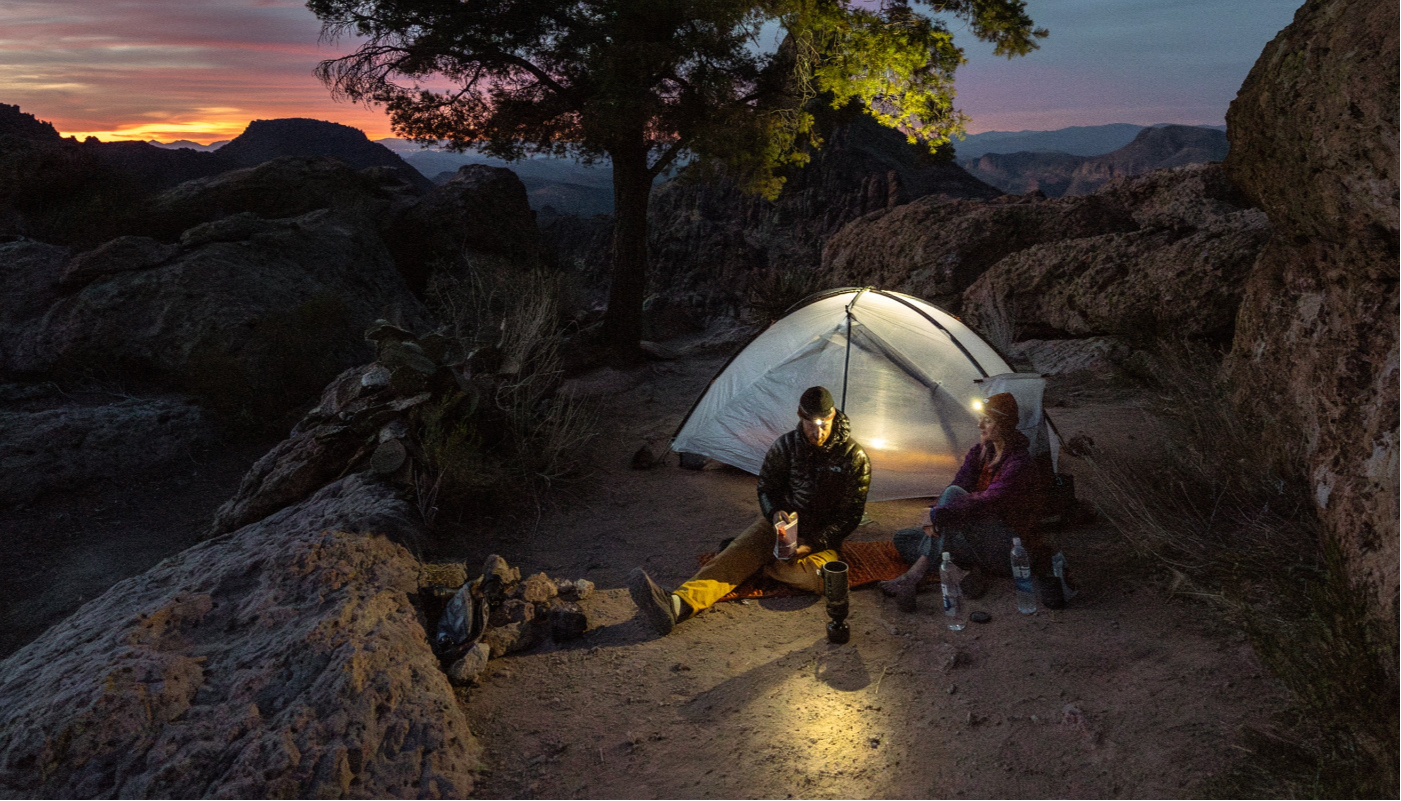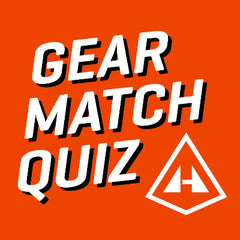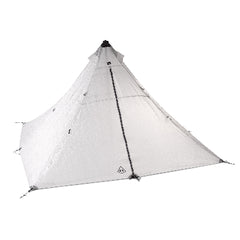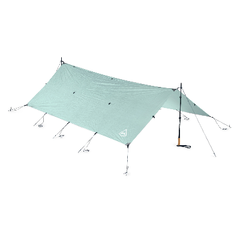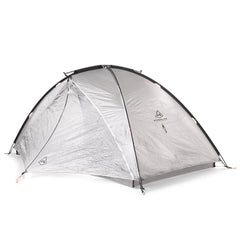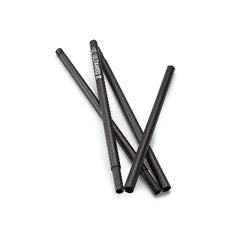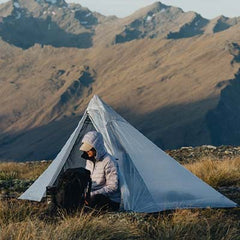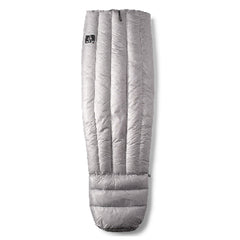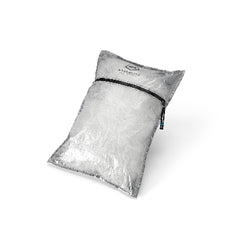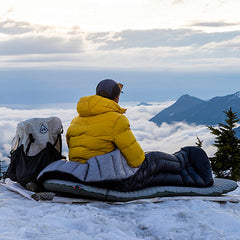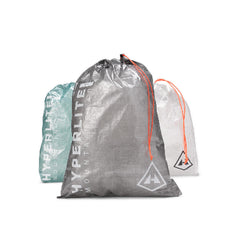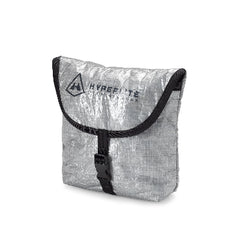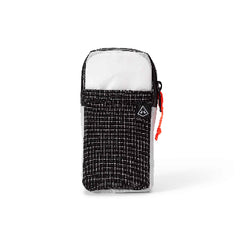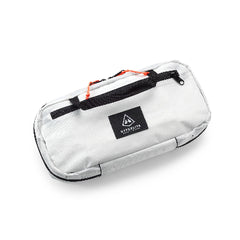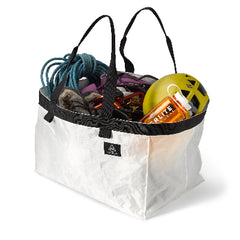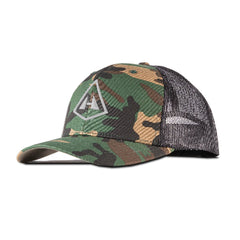Words and Photos by Jeff Wohl
WHO YOU ARE AND WHAT YOU DO
I'm Jeff Wohl, a professional backpacker, if there is such a thing, or maybe just someone lucky enough to make a living teaching others in the outdoors in remote, beautiful, and wild places. I do this on foot, by ski, horseback, climbing, canyoneering, and caving. I've done this work since the late 90s' for the National Outdoor Leadership School (NOLS), but I also guide Andrew Skurka Adventures.
ROUGH GUESSTIMATION ABOUT HOW MUCH OF YOUR LIFE HAS BEEN SPENT IN THE BACKCOUNTRY
My mom took me on my first four-night backpack trip when I was five, and my dad had me scrambling up my first 13,000-foot peak in the Wyoming backcountry the next year. From then on, I was hooked. My dad was into lightweight backpacking before it was ever mainstream. I remember him sending back a sleeping bag in the early 80's because it was two oz over the advertised weight. If I add up all the teaching and guiding I have done in the outdoors for different companies, I probably have well over 400 weeks of teaching in the backcountry.
Then there are my personal trips, many off-trail rambles in the Rockies, Utah, and the Continental Divide Trail back in 2011 when many sections were incomplete, and no phone-based navigation existed.

SOME OF YOUR THOUGHTS ABOUT HOW GEAR NEEDS TO PERFORM "OUT THERE"
The gear I use and the gear I recommend for students and clients is a fine balance between having enough comfort and not being loaded down. The walking should be easy and comfortable, and the gear should still allow us to tackle challenging routes in difficult weather. This type of gear gets us all to visit remote and special places and enjoy it more!
It also has to be durable enough that I can take it to the rough places I like to travel. I want a light, sturdy pack that can handle hard canyons and remote bushwacking without failing. It also has to be able to handle more weight in technical gear or food on longer sections without a resupply.
I like a shelter that, once I set it up for the night, I know that no matter what the weather may do, I will be secure and dry. This might mean selecting options like a Flat Tarp for the desert or fall in the Rockies, or a Mid-1 if I am expecting tough weather or bugs. Up in the Brooks Range of AK, an Unbound 2P is well worth the extra ounces for the added space when it may be raining for days on end, and the bugs can be thick.
I use a down sleep system even in wet locations, or when I know I will be swimming with my pack, but I protect it fanatically by always stuffing it inside a plastic bag within a Dyneema Stuff Sack or Pod. I do not feel a waterproof pack or pack cover is sufficient–I want to be absolutely positive that if I am cold and wet all day, I have a dry quilt or bag to warm up in. I like to pick a quilt or bag that works well with my expected layer system so that on the coldest nights if I wear all my layers, I am still warm. This lets me take a lighter quilt most times of the year.

WHAT KINDS OF CONDITIONS DID YOU TAKE YOUR HMG QUILT INTO, AND FOR HOW LONG?
I used my HMG 40º-Degree Quilt for my 2024 guiding season, starting out in Southern Utah in April. I taught expedition-style canyoneering skills, so, during our travel days, we rappelled into canyons and traveled through them. This often included swimming in 50º water with full packs, then climbing out and camping before heading to the next canyon. Keeping my pack slim for the narrow passages but still being able to really warm up in the evening put a high premium on my sleep system being warm, light, and compact. Even though the nights got into the mid-30s, the HMG 40º was fantastic.
In June, I headed to the Brooks Range in Northern Alaska to spend three weeks backpacking in the Gates Of The Arctic National Park. I was a bit concerned that the 40º quilt would not be warm enough. I have been using various high-quality, 900-fill, 30º sleeping bags as my "go-to" system for years, but I had no need to fret. I found that with a bit of down management (making sure the down in the baffles was even), this 40º quilt was warmer than my 30º system.
The first week up in AK was warm during the day, but even with the sun never setting, my thermometer showed mid-30s at night. During my last five days up there, a weather system moved in, and it rained hard. The high temperature was only in the 40-50s for several days, and we got several inches of snow. Even with the best care, all my layers were damp, and the temps dropped to 29º. I knew this might push the quilt, but I snuggled in and slept warm, both very pleased and impressed.

YOUR RECOMMENDATIONS FOR A SLEEP SYSTEM
I know a 40º quilt may seem like too much of a warm-weather quilt for the places I work and the conditions I encounter, but my experience is that this 40º quilt is comparable to many of the 30º sleep-system I have used and is 10 oz lighter. I rarely had to put on additional layers to add warmth when sleeping–mostly I slept in my hiking pants and an Alpha Direct® top. If you are a warm sleeper or mostly camp with temps above 30º, this quilt could be a great one to consider. Adding a good down jacket and puffy pants will also stretch the range. If you sleep a bit colder or plan more nights below freezing, I don't see how you could go wrong with the HMG 20º for only 6 oz more—a quilt I'm super excited to start using on my late fall and winter trips.
I did not use the straps that came with the quilt. Mostly, I draped the quilt over myself, and I had no problems. On colder nights I clipped the sides back to each other to form an open-backed sleeping bag. This quilt also has two sets of loops—one near the chest and one mid-thigh. I added some thin cords on those loops and tied them to my pad. With the quilt rigged in this fashion, I had zero draft problems–even when rolling from side to side during the night. The face material is sooo silky and comfy, but does take some care. Due to its thin nature, I did seem to have a few more escaping feathers than a heavier face material. However, this was easy to deal with. Whenever I found a feather working its way out, I was able to grab it from the inside and pull it back in. Each night before I went to bed, I would check the down distribution by pulling the quilt over my head to look for light spots and spent a few moments moving the down back and forth through the vertical baffles to ensure I would not have cold spots. This ability to redistribute down throughout the quilt can be helpful if you tend to get cold legs or feet; you can push more warmth down toward your legs.

Our dogs love the coziness too. However, the face fabric's light feel makes me keep an eye on their sharp claws when they move around the tent.
Packing this quilt is almost silly. It packs down so small and feels so light. I laugh when I think of the three-pound monsters I carried in the 90s.
I continue to be very impressed at how lofty this 1000FP down is! I am really looking forward to pushing this quilt to its temperature limits this fall, and from everything I have thrown at it so far, I expect to be cozy well into the low 30s or colder. So far, I have been nothing but impressed with this quilt and have no reservations about recommending it. The HMG 40º quilt has definitely moved to the number one spot in my go-to gear. Sorry, 30º bag; it was a good run.

